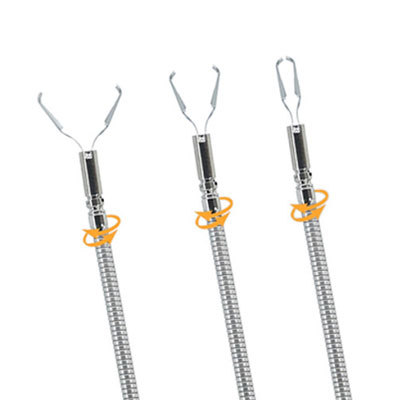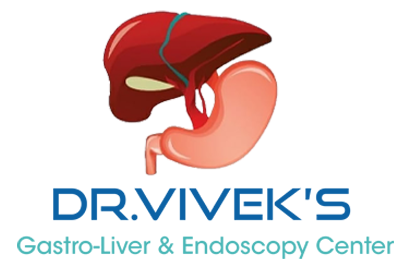A urethral injury is scarring in or around the urethra or a narrowing of the opening of the urethra, which can obstruct the flow of urine. Urethral injuries are normally the consequence of aggravation, injury or contamination.
Urethral Dilation is a technique to extend the sides of the urethra. The urethra is the cylinder that carries urine from your bladder to outside your body. Sometimes scar tissue limits the urethra. This is called urethral injury. At the point when the urethra is thin, it makes hard for urine to go through and out of your body. It is regularly performed under local or general anesthesia by stricture dilation recovery specialist in Wanaparthy. Thin rods of increasing distances across are tenderly inserted into the urethra to open the urethral narrowing without creating additional injury. This procedure may need to be repeated now and then, as injuries repeat. The more limited the injury, the more uncertain it is to repeat after a dilation procedure. At times patients are given directions and dilation instruments like bars, grease up and narcotic gel to perform urethral expansion at home.
Get the best consultation from Dr. Vivek Sagar Pallepagu at gastroenterology hospitals in Mahabubnagar.

A few people with urethral injury notice no side effects. In others, issues with urine might be the main sign that something is not right. You may encounter pain during urination, have a more slow than regular stream of urine, being unable to totally discharge your bladder, or notice additional drips of urine after you finish urinating. If untreated, a urethral stricture can cause troublesome issues, including bladder and kidney damage, infections brought by the obstruction of urine flow, poor discharge and infertility in men. Fortunately, strictures can be effectively treated by gastroenterologists in Mahabubnagar.
Hemoclip treatment is grounded procedure in GI endoscopy, with a couple of randomized considers indicating the clinical feasibility of this mechanical device in the treatment of bleeding peptic ulcers and bleeding Mallory-Weiss tears. Hemostatic clips are a small metal device that is utilized to join the encompassing tissue by clipping them together to diminish the danger of bleeding in the GI (gastrointestinal) tract. A bleeding ulcer, often found in the stomach, may be achieved by prescription or defilement. In treating high-risk bleeding ulcers, a join treatment with epinephrine and hemoclips is more successful than implantation alone. Mechanical clipping of a bleeding ulcer is most offered as the bleeding can be stopped right away.
Clip Placement:
Hemostatic clip is placed when the polyp is eliminated or a bleeding ulcer is found. Application of the clip across the bleeding point is in a general same arrangement of clip asclip across the non-depleting noticeable vessel (NBVV). Therapist knows when the clip is set in the right spot since all the bleeding stops. In the event that the stoppage of blood is not seen the clip is repositioned or another one is placed. The quantity of clip needed for hemostasis depends upon the bleeding activity, endoscopic openness of the bleeding and the qualities of vessel. The clasp will exit all alone. The clips utilized are of 6 mm wide, 6 mm long, and 5 mm high, and the supreme length of the clip applier is 480 mm with a working length of 320 mm. With the advancement of recent clips and its application devices, the endoscopic Hemoclip treatment has easier and substantially more effective.
Make an appointment with stricture dilation treatment in Mahabubnagar at endoscopy hospitals.
